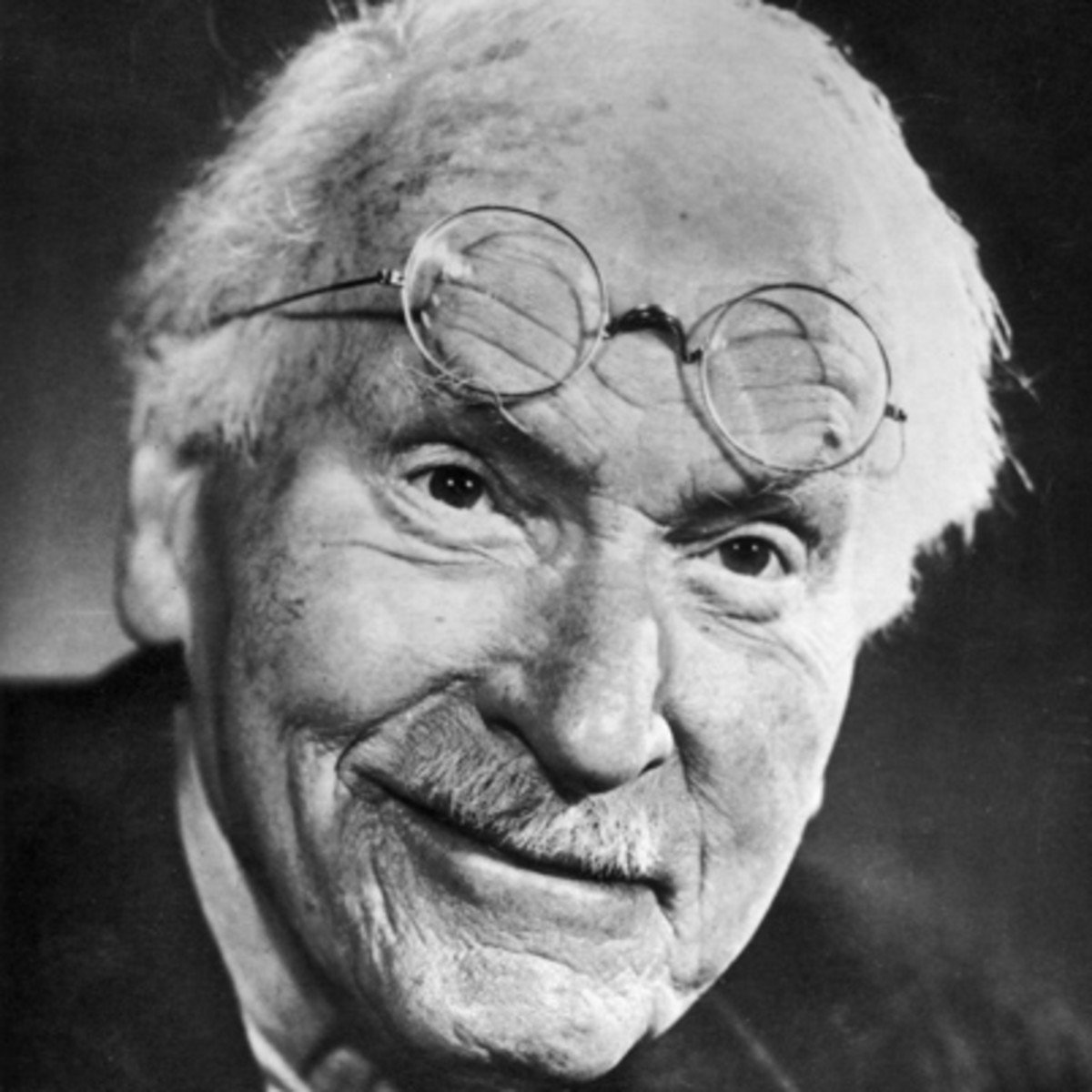
Approach
Traditional Approaches
My clients choose to work with me because I offer a non-traditional approach to dealing with trauma. Therapists untrained in trauma often try to apply common tools with little luck. This includes:
Left-Brain Oriented — engaging in heady conversations, rational analysis, or simply talking at the therapist. This does little since trauma is stored in the right-brain.
Vintage Therapy — an emotionally disconnected therapist that either is completely silent or leads sessions. Lots of advice may be given. The client feels helpless, dependent, and passive in their journey to healing.
Behaviorist — problematic behavior is seen as what presents on the surface. The clients taught to simply control themselves through using more willpower. The change is temporary and the client feels shame when the behavior comes back in other place.
Clients who truly want to heal trauma will need a different approach.
My Approach
Relational Container
Unlike going to the doctor, trauma therapy isn’t something that’s done to you. All tools and techniques are done with the context of a healing relationship. Trauma is relational and must be healed in a relationship. Research has shown that across all approaches, the most important aspect of therapy is the therapeutic relationship. It increases neuroplasticity and neurogenesis, and can even increase the amount of serotonin in the brain.
Therapy is a collaboration. Instead of struggling for control, the client is always in the driver’s seat while the therapist comes alongside to offer support.
Self-Parenting
If trauma is a swimming pool, it’s unwise to jump into the deep end. Instead of facing your darkest moments right away, it’s best to help you learn how to be in a relationship with yourself first. Overwhelming thoughts and emotions can finally become calm when we provide curiosity and connection.
Body Psychotherapy
As we now know, we cannot analyze or rationalize our way to healing. It must move beyond talking about our pain in a detached way. By using the tools below, we can work directly with the source of your pain. This has several benefits:
Clients can heal a painful past even if they don’t remember it.
Clients are relieved from having to intellectualize and solve why something is happening.
Clients can heal in an intuitive way that doesn’t rely on willpower to make something happen.
The ability to work with pre-verbal as well as intergenerational trauma
See below for more information on the tools I use.
Common Symptoms I Work With
Feeling too much (high anxiety, panic, easily startled, anger, sleep problems, flashbacks, “overwhelmed”)
Feeling too little (numbness, dissociation, chronic depression, shame, lack of past memories, low self-esteem)
Physiological Symptoms (fibromyalgia, fatigue, muscle tension, nausea, digestive issues, headaches, heart palpitations, or rheumatoid arthritis)
Behaviors (perfectionism, hyper-rationalism, caretaking, enabling, obsessive behaviors, people pleasing, substance abuse, eating disorders, or self-harm)
Attachment issues (feeling “needy” or “clingy,” craving intimacy, fearing abandonment, being over-sensitive to a partner’s moods; avoiding closeness or vulnerability; a combination of desiring closeness but pushing others away)
-

IFS, Somatic, EMDR Therapy
-

Ketamine-Assisted Therapy
-

Transforming Touch
-

Group Therapy
Other Professional Influences
Dr. Bessel van der Kolk - his workshops on childhood trauma as well as his seminal book “The Body Keeps the Score.” Van der Kolk was the first to introduce me to EMDR, Yoga, Bodywork, Psychodrama, and IFS therapy.
Dr. Janina Fisher - her rigorous trainings on CPTSD and DID that included structural dissociation, EMDR, IFS, and Sensorimotor therapy.
Dr. Gabor Maté - a Canadian doctor who had the radical idea of talking to his patients and hearing their stories instead of just treating their symptoms. I absolutely love his books and teachings. His compassionate presence is an inspiration to me.
Dr. Bruce Perry - an expert on childhood trauma and an author of a favorite book on trauma, “What Happened To You?”
Dr. Marshall Rosenberg - A psychologist who pioneered an amazing communication approach called “Non-Violent Communication.”
Dr. Diana Fosha - her foundational work on AEDP encouraged me to be truly present in my work with my clients.
Bonnie Badenoch - her translation of Daniel Segel’s work into how therapy can change the brain.
Dr. Lawrence Heller - his work on NARM for CPTSD.
Carl Jung
